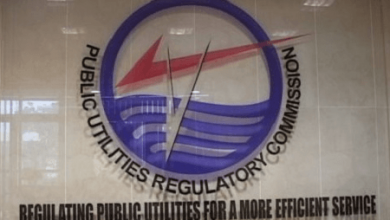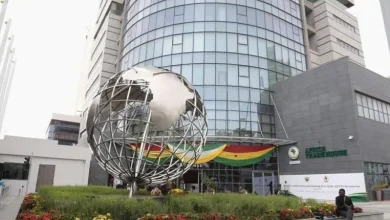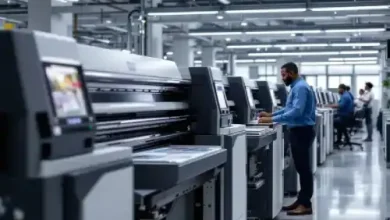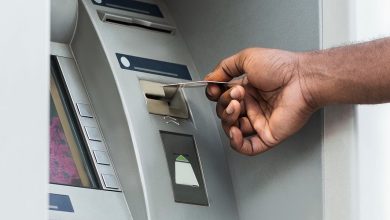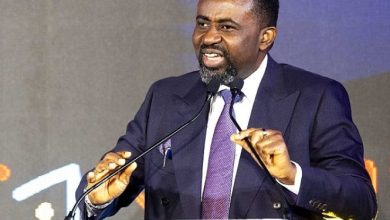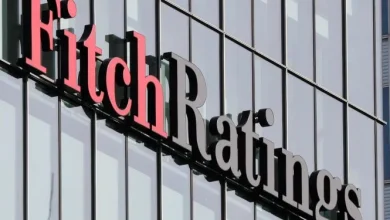Power cuts return to Ghana
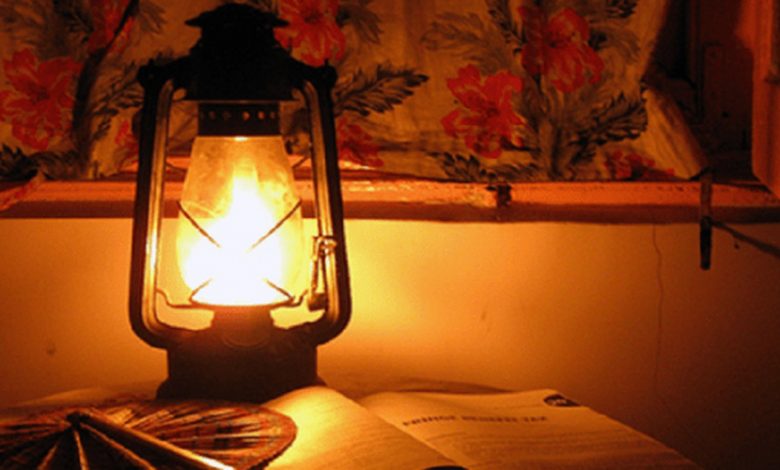
Barely four years after a return to regular power supply following more than half a decade of debilitating power shortages, the spectre of a return to regular power outages as come back to haunt enterprises and households alike in Ghana. Over the past months, power outages have become increasingly common nationwide and the ensuing national debate over the causes and the sometimes conflicting reasons forwarded by various government officials and political appointees have only served to worsen public confidence.
Finally however, the Ghana Grid Company, GRIDCo has come up with a believable explanation of the unfolding situation, which should serve to sooth frayed nerves even though the situation implies difficulties ahead over the next six months.
GRIDCo says Ghanaian households and enterprises will have to deal with the intermittent supply of power until September this year when it will complete its system upgrade, made necessary by technical failures in the system over the past few months.
The Energy Minister, Dr Matthew Opoku Prempeh has confirmed this, dismissing suggestions that Ghana has returned to the period of consistent power outages, commonly known in local parlance as ‘dumsor’. He insists that unlike during the previous era of power shortfalls this time around the problem is not about lack of finance to secure fuel as feedstock for power generation, but it is rather being caused by technical issues in the national grid which are being resolved.
The Minister told the media last week that “Ghanaians will have to bear with the contractors so they can finish in time, so we can enjoy the improvement we so desire. We have systems where the lights are flickering, voltages are low and the line is down and that is exactly why we have what we have”. This has been corroborated by GRIDCo’s Director of System Operations Mark Baah who says the system upgrade will prevent outages like what has happened recently; and by the company’s Director of Engineering Services, John Owusu-Afriyie, who has also assured that “All things being equal, all maintenance work will be completed by September 2021. Whenever we are constructing a line like this, we normally make some crossings such as Electricity Company of Ghana lines and sometimes buildings. When we meet ECG lines, because it is also an electrical system, we must ensure that we give an outage to be able to cross the line elsewhere else there may be an induction.”
This means that the ongoing outages will not be a long term phenomenon like the dumsor era; it should be over within six months, rather than six years. However the timing is problematic, coming at a time when Ghana is rebounding from its first economic recession in four decades. Adequate power availability will be crucial to increasing economic activity to recover from the slump and turn the economic contraction suffered during the 2nd and 3rd quarters of 2020 into robust economic growth of five percent in 2021; more so since government’s fiscal constraints means it is relying on the private sector to finance the economic recovery.
Indeed, government’s well documented fiscal problems have left lingering doubts as to its explanation of the current power problems – egged on by the political opposition on whose watch financial shortfalls prevented it from securing the requisite fuel stock to run its thermal power plants, some public policy commentators fear the problem is being repeated and the technical issues being presented are simply a cover up of a deeper problem that would be harder to overcome.
Instructively however, knowledgeable power industry analysts have accepted government’s explanations as the truth and indeed have now turned their attention to how best to manage the situation over the six months during which it is expected to persist.
The Chamber of Independent Power Producers, through its chief executive, Eliplim Apetorgbor, is urging government to come up with a time table for the power outages while they last to enable enterprises plan their production schedules accordingly.
‘We are in business because of the consumers” he asserts. “The entire value chain deserves the best of customer service. Distribution or transmission maintenance of services does not just happen. They are carefully and deliberately planned and this plan must be communicated clearly to the consumers once it is not an automated service. The reliability of electricity supply to consumers requires improved access to information by notifying consumers in advance. If it is the case of planned outages then it is important that we have a time table communicating then activities that are ongoing on the grid.”
Work is currently underway to fix certain incidental problems in the power system. External partners such as the Millennium Development Authority (MiDA); the European Commission, through the French Development Agency (AFD), Siemens and others, are supporting the government to resolve key issues in the sector. Currently, several projects are littered across the country to power the system to the next level. These include:
- The current construction of the 330kV Anwomaso-kintampo transmission line, earmarked for commissioning by end of July 2021. The Project is being funded as part of the US$173m AFD loan facility and will help resolve the intermittent power outages in and around the Greater Kumasi area.
- The US$45m Pokuase substation, part of projects under construction by MiDA, will be completed in June, 2021and will enhance supply reliability to major parts of Accra.
- The US$45m Kasoa Bulk Supply Point is expected to enhance power delivery to the fast-growing Awutu Senya East Municipality, which covers Kasoa and its environs. The project will be completed in September 2021.
- Work on the Tema to Accra transmission line upgrade project is ongoing and would be completed in July 2021. This project will additionally improve supply reliability in Accra and Tema and also ensure the evacuation of more power from generating plants in Tema
Other projects expected to commence are the installation of a 50MVar STATCOM in Kumasi by Siemens, estimated at about US$15m, to bring stability to the system and in the Ashanti region in particular. Additionally, to permanently address the intermittent power outages being experienced by residents in Greater Kumasi and its environs, Government, through the Energy Ministry, has decided to relocate the Ameri Power Plant, currently in Aboadze, to Kumasi by the first quarter of next year. This will transform power delivery in the region and northern Ghana.
Overall, it is clear that there is enough generating capacity to meet the country’s demand. Ghana’s system peak demand is close to 3,200MW with an installed capacity of 5,300MW – this means there’s enough capacity to more than meet demand. Some intermittent outages are to be expected on the grid in the coming months due to ongoing projects (the Pokuase and Kasoa substations and other transmission line works across the country). However, GRIDCo asserts that there is a general willingness and commitment by all stakeholders in the sector to work fervently to reduce the impact it will have on customers in the country.
Source: Toma Imirhe


